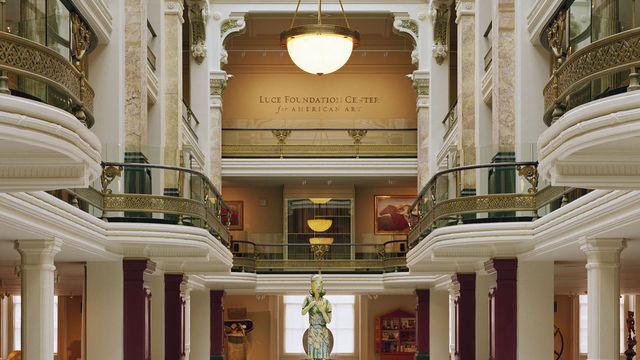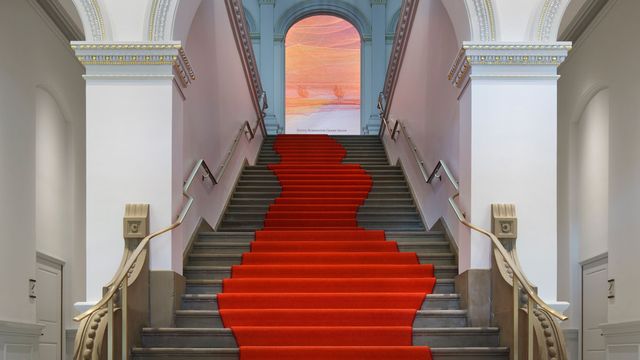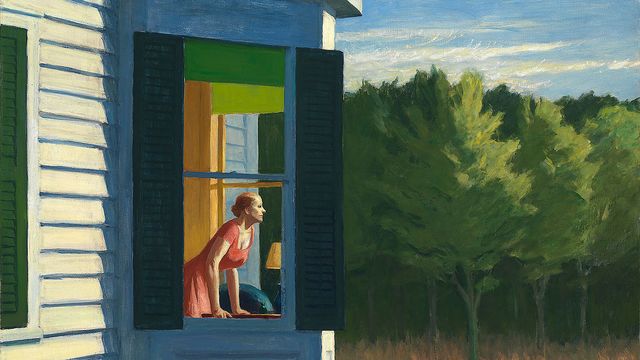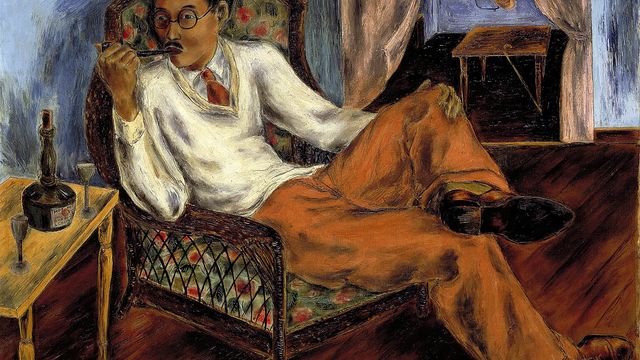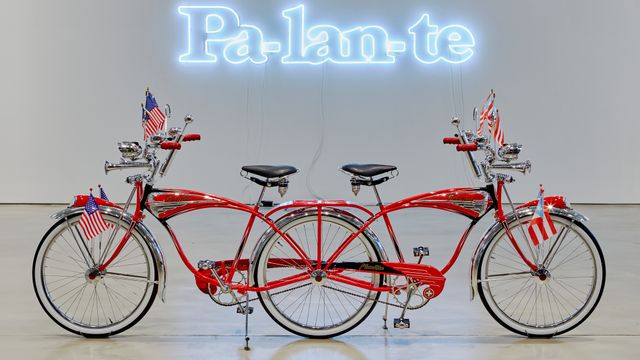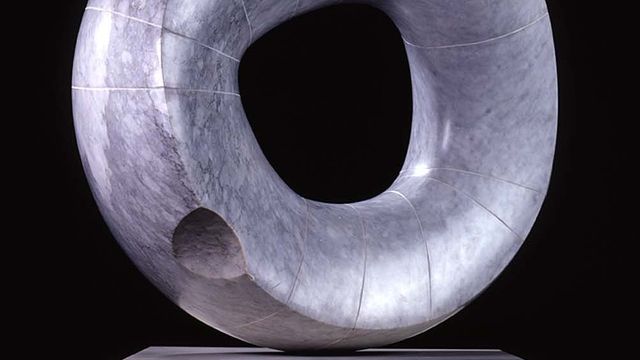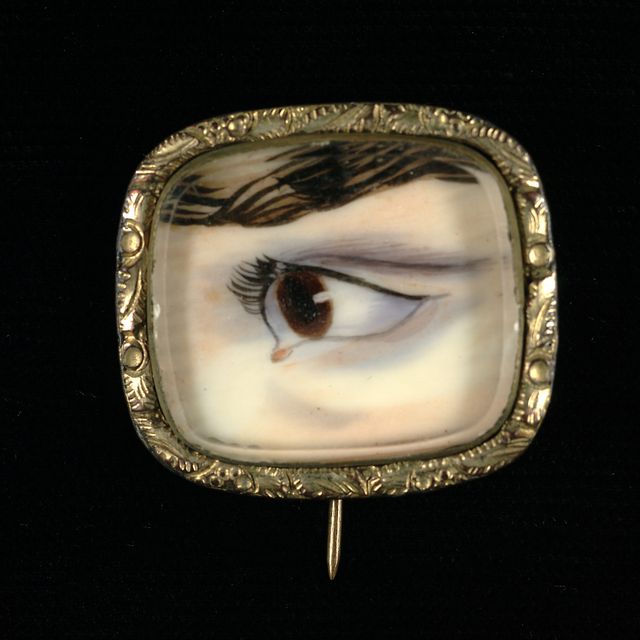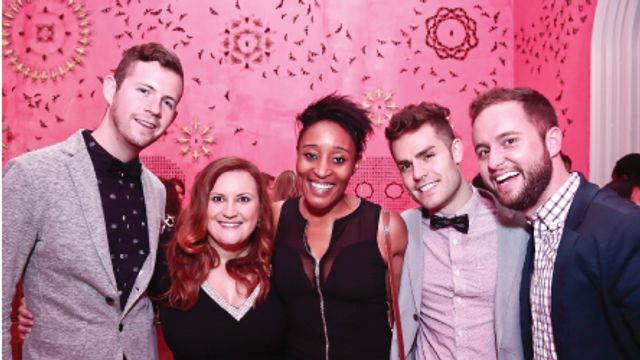Welcome to Re:Frame
Re:Frame brings together SAAM art historians and researchers from across the Smithsonian–think zoologists, geologists, musicologists, and astronomers–to explore art’s many meanings. Join host Melissa as she crisscrosses the Smithsonian making connections, exploring diverse perspectives, and proving that American art is for everyone.
Re:Frame was named a 2020 Webby Awards Honoree by the International Academy of Digital Arts and Sciences, celebrating excellence on the Internet. The series also was a finalist for the Museums and the Web 2020 GLAMi Awards and received an honorable mention at the 2020 DC Web Fest.
Buffalo ≠ Bison
What do bovids, bridges, and the West have to do with American art?
A Whole Lotta Beer
What do prohibition, ladies, and day drinking have to do with American art?
Graphite!
What do pencils, shiny rocks, and dead animals have to do with American art?
Can Mike Really Sing?
What do musicians, aliases, and the nation’s capital have to do with American art?
Auroras Are Weird
What do arctic explorers, solar burps, and the Civil War have to do with American art?
You’ve Got Style
What do rhinestones, moms, and personal style have to do with American art?
Find Out More
Read more about each episode of Re:Frame at Smithsonian.com.
Credit
Re:Frame is made possible by The Lunder Foundation.

